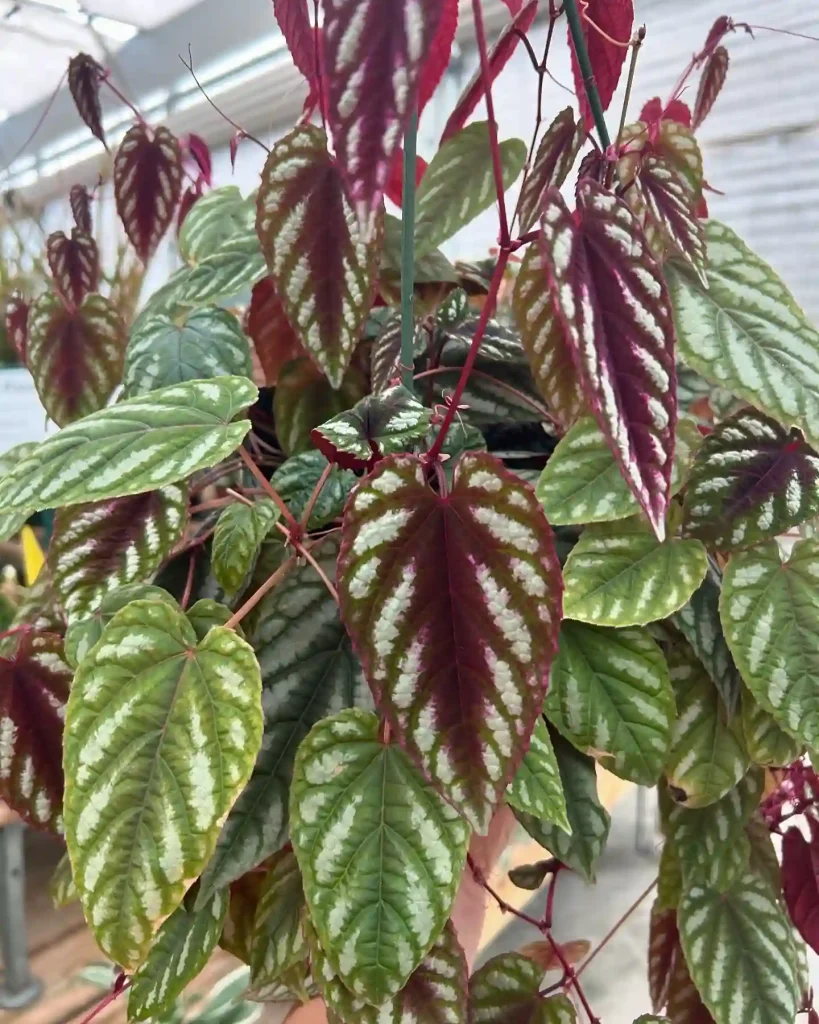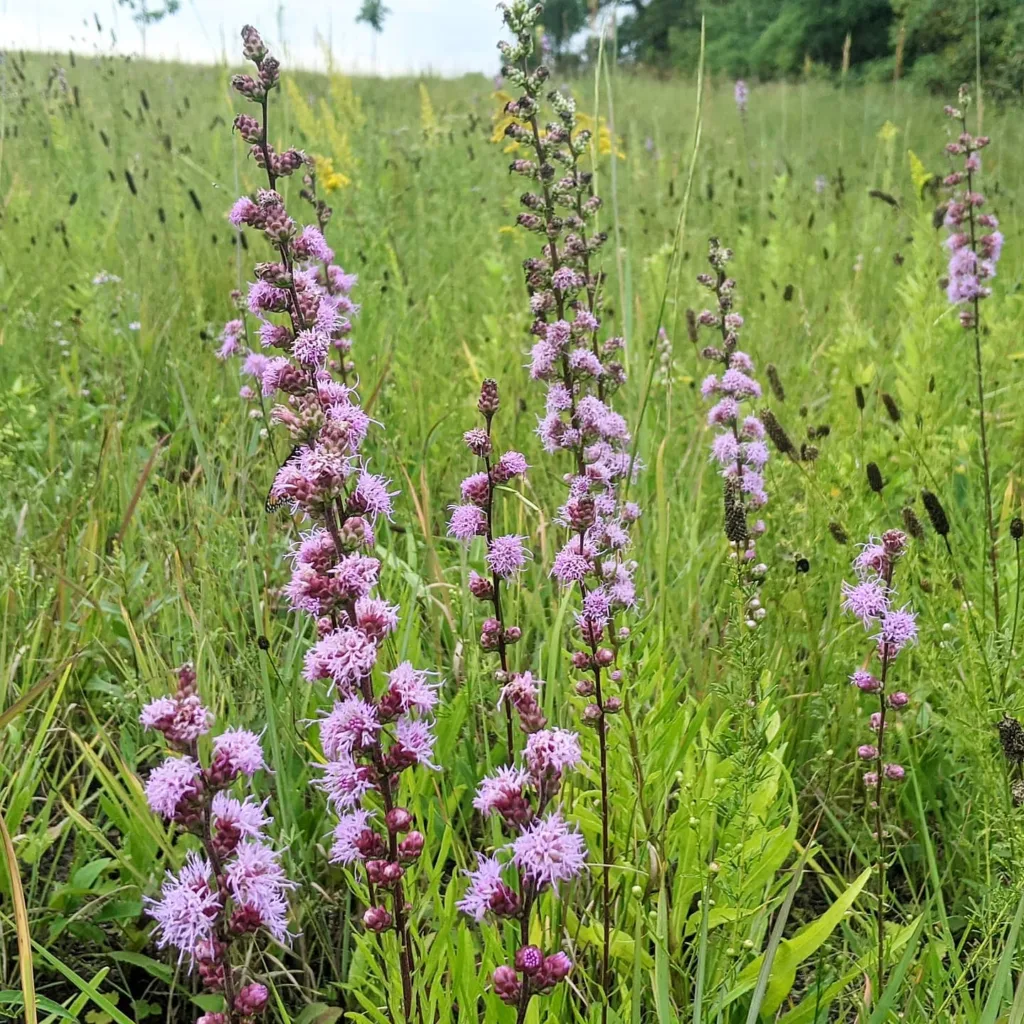
What is liatris spicata?
Liatris spicata, also known as blazing star or gayfeather, is a perennial plant native to North America. It’s characterized by its tall spikes of purple or white flowers, which attract bees, butterflies, and other pollinators to the garden. I love how its striking blooms add vertical interest and a splash of color to my landscape.
51 Species in Genus Liatris
What do liatris spicata bulbs look like?
Liatris spicata bulbs are slender and elongated, usually around 1-2 inches long, with a papery outer covering. They remind me of small shallots or garlic cloves, with a pale brown color. Planting them always feels like I’m setting little secrets into the soil, waiting for them to unfurl into beautiful blooms.
Liatris Spicata vs Kobold
In my garden, Liatris Spicata stands out with its taller, more upright spikes compared to Kobold, which I found to be shorter and more compact but equally charming with its intense purple color and sturdier foliage.
Liatris Spicata vs Liatris Pycnostachya
I’ve enjoyed Liatris Spicata for its dramatic, towering blooms, while Liatris Pycnostachya, with its denser flower spikes and more spreading habit, adds a unique, fuller look that I find perfect for filling out garden beds.
Are liatris spicata perennials?
Yes, liatris spicata are perennials, and I absolutely love that about them. It’s like having old friends return to your garden every year, bringing back memories of previous seasons and adding a comforting consistency to the landscape. Watching them emerge from dormancy each spring feels like a small miracle.
Do deer eat liatris spicata?
Unfortunately, deer seem to have a taste for liatris spicata, which is a bit frustrating. I’ve found myself locked in a battle of wits with these graceful but pesky creatures, trying various deterrents and protective measures to keep them from munching on my beloved plants. It’s a constant struggle, but one I’m determined to win.
Does liatris spicata spread?
Liatris spicata has a tendency to spread, but I’ve found that it’s not overly aggressive like some other plants. It forms dense clumps over time, gradually expanding its presence in the garden without becoming invasive or overwhelming other plants. It’s a nice balance between being self-sufficient and cooperative with its neighbors.
How to grow liatris spicata?
Growing liatris spicata is relatively straightforward, which is one of the reasons I enjoy having it in my garden. It prefers full sun and well-drained soil, so I always make sure to choose a sunny spot with good drainage when planting it. Regular watering during dry spells helps keep it happy and thriving.
Is liatris spicata invasive?
I haven’t personally experienced liatris spicata being invasive in my garden, but I’ve heard stories from other gardeners who have struggled to keep it contained. It seems to depend on the specific conditions and location, so I keep a close eye on mine to make sure it doesn’t get out of control.
Is liatris spicata poisonous to dogs?
As far as I know, liatris spicata is not poisonous to dogs, which is a relief since I have a furry friend who loves to explore the garden with me. I always appreciate when plants are not only beautiful but also safe for pets and wildlife.
When does liatris spicata bloom?
Liatris spicata typically blooms in mid to late summer, which makes it a valuable addition to the garden when many other plants are starting to fade. I always look forward to the burst of color it brings, signaling the height of the growing season and attracting pollinators in droves.
When to plant liatris spicata?
I usually plant liatris spicata in the spring, once the danger of frost has passed and the soil has warmed up. This gives the bulbs plenty of time to establish themselves before they start growing and blooming later in the season.
How tall do liatris spicata grow?
Liatris spicata can grow anywhere from 1 to 4 feet tall, depending on the variety and growing conditions. I’ve seen some towering specimens in gardens and meadows, reaching impressive heights and adding drama to the landscape.
How to deadhead liatris spicata?
Deadheading liatris spicata is a simple task that I usually do to encourage more blooms and keep the plant looking tidy. I wait until the flowers have faded and then snip off the spent blooms with scissors or pruning shears, being careful not to damage the rest of the plant.
Can you eat liatris spicata?
While liatris spicata is not typically consumed as a food, some parts of the plant have been used in traditional medicine by Native American tribes. However, I prefer to enjoy its beauty in the garden rather than experimenting with it as a culinary ingredient.
If i die, water my plants!


